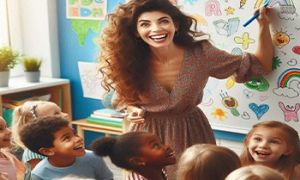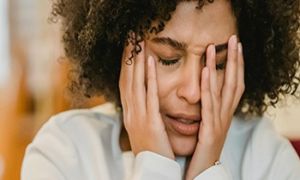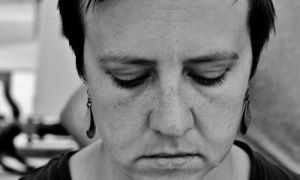A: When analysing observations, selecting the right learning outcome depends on several factors:
- Identify the Learning Evident in the Observation—Ask yourself: What learning took place here? This helps determine which outcome aligns with the observed behavior or skill.
- Consider Strengths and Interests—Look at what the learner is naturally drawn to. If the observation highlights a particular strength or interest, choose an outcome that supports further development.
- Developmental Perspective—If the observation raises concerns about a learner’s progress, select an outcome that addresses those developmental needs.
- Future Planning—If the observation is significant enough to inform future learning experiences, use an outcome that allows for extension and deeper exploration.
- Assessment Methods— Consider whether the learning outcome requires direct or indirect assessment. Some outcomes are best measured through standardized tests, while others rely on observations, portfolios, or student reflections.
Sample Observation
Here’s a sample observation along with how to determine the learning outcome:
Observation:
During a group activity, a child named Aisha demonstrated strong problem-solving skills by suggesting different ways to build a bridge using blocks. She collaborated with peers, explained her ideas clearly, and adapted her approach when the structure didn’t hold.
Learning Outcome Selection:
Based on this observation, possible learning outcomes could include:
- Cognitive Development: Demonstrates problem-solving and critical thinking skills.
- Communication Skills: Expresses ideas clearly and engages in meaningful discussions with peers.
- Collaboration: Works effectively as part of a team, contributing ideas and adapting to challenges.
Further Reading
Observations in Childcare
Q: How Do I Come Up With Extension Ideas During Observations
Q: How Do I Write An Observation?



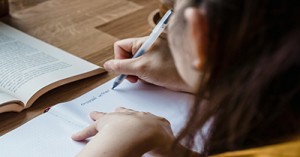

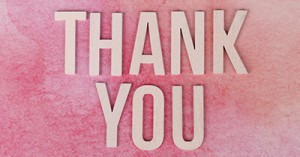
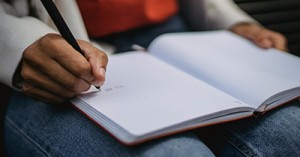
 Here is the list of the EYLF Learning Outcomes that you can use as a guide or reference for your documentation and planning. The EYLF
Here is the list of the EYLF Learning Outcomes that you can use as a guide or reference for your documentation and planning. The EYLF The EYLF is a guide which consists of Principles, Practices and 5 main Learning Outcomes along with each of their sub outcomes, based on identity,
The EYLF is a guide which consists of Principles, Practices and 5 main Learning Outcomes along with each of their sub outcomes, based on identity, This is a guide on How to Write a Learning Story. It provides information on What Is A Learning Story, Writing A Learning Story, Sample
This is a guide on How to Write a Learning Story. It provides information on What Is A Learning Story, Writing A Learning Story, Sample One of the most important types of documentation methods that educators needs to be familiar with are “observations”. Observations are crucial for all early childhood
One of the most important types of documentation methods that educators needs to be familiar with are “observations”. Observations are crucial for all early childhood To support children achieve learning outcomes from the EYLF Framework, the following list gives educators examples of how to promote children's learning in each individual
To support children achieve learning outcomes from the EYLF Framework, the following list gives educators examples of how to promote children's learning in each individual Reflective practice is learning from everyday situations and issues and concerns that arise which form part of our daily routine while working in an early
Reflective practice is learning from everyday situations and issues and concerns that arise which form part of our daily routine while working in an early Within Australia, Programming and Planning is reflected and supported by the Early Years Learning Framework. Educators within early childhood settings, use the EYLF to guide
Within Australia, Programming and Planning is reflected and supported by the Early Years Learning Framework. Educators within early childhood settings, use the EYLF to guide When observing children, it's important that we use a range of different observation methods from running records, learning stories to photographs and work samples. Using
When observing children, it's important that we use a range of different observation methods from running records, learning stories to photographs and work samples. Using This is a guide for educators on what to observe under each sub learning outcome from the EYLF Framework, when a child is engaged in
This is a guide for educators on what to observe under each sub learning outcome from the EYLF Framework, when a child is engaged in The Early Years Learning Framework describes the curriculum as “all the interactions, experiences, activities, routines and events, planned and unplanned, that occur in an environment
The Early Years Learning Framework describes the curriculum as “all the interactions, experiences, activities, routines and events, planned and unplanned, that occur in an environment